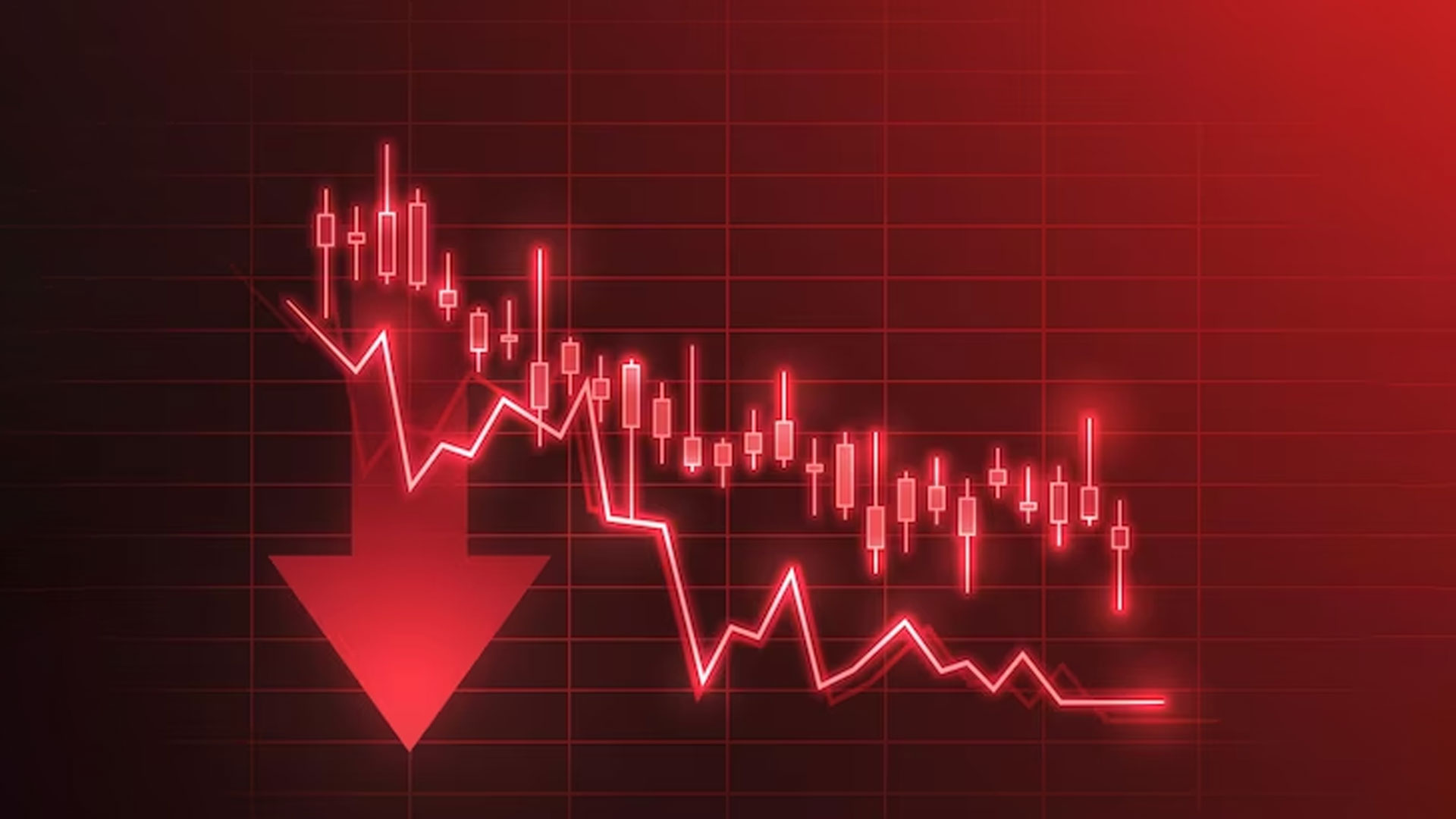
- By Shreya Shrivastava
- 09th January, 2024
- Loans
Adani Wilmar mentioned that even though their risk management strategies helped offset some impact from dropping prices on overall profits, keeping pricey inventory hurt their earnings.
Their Food & FMCG division saw a whopping over 30% rise in revenue, crossing the Rs 1,000 crore mark for the quarter, but their sales took a hit of 15% due to a sharp decline in edible oil prices. This drop affected both their edible oil and industrial essentials segments, causing a revenue decline.
The prices of edible oils have fallen by more than 50% in less than a year, with a decline of 5% to 20% during the June quarter before a slight recovery by the quarter-end.
While Adani Wilmar managed to cushion the blow from falling prices on their gross profits, costly inventory in a market with decreasing prices squeezed their profitability during the past financial year, which persisted in the June quarter.
The previous year’s June quarter faced demand disruption due to soaring edible oil prices amid the Russia-Ukraine conflict. However, the company witnessed robust volume growth sequentially.
The drop in edible oil prices spurred consumer demand in India, which has been strong for the last three quarters.
Factors like unseasonal rains and hailstorms in vital wheat-producing regions impacted crop quality. Wheat prices rose during the quarter, prompting the government to release wheat from its stocks to stabilize prices. The ban on wheat exports continued.
Despite the challenges, Adani Wilmar’s Food & FMCG segment maintained impressive performance, marking the eighth consecutive quarter with significant volume and revenue growth. Urban and rural areas both showed strong demand, especially through alternate channels, with around 50% volume growth. The company focused on expanding distribution in various trade channels and catering to HoReCa clients, leading to substantial growth.

